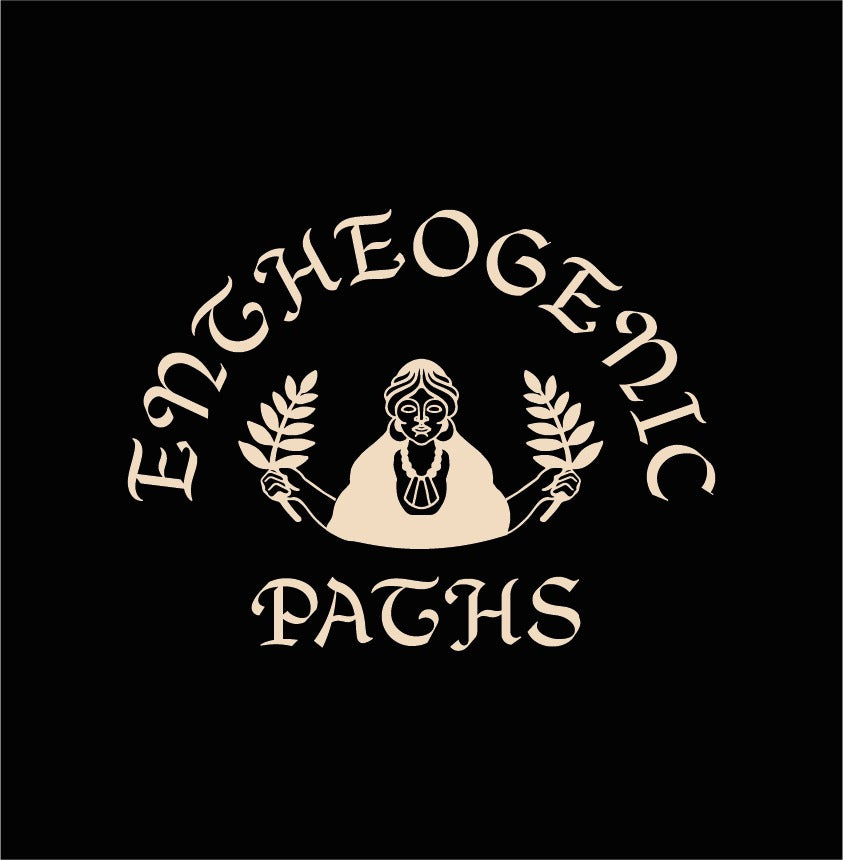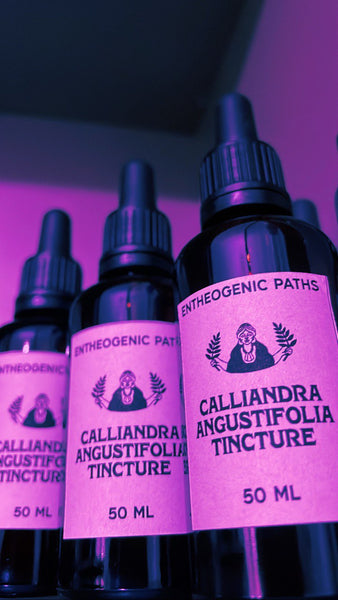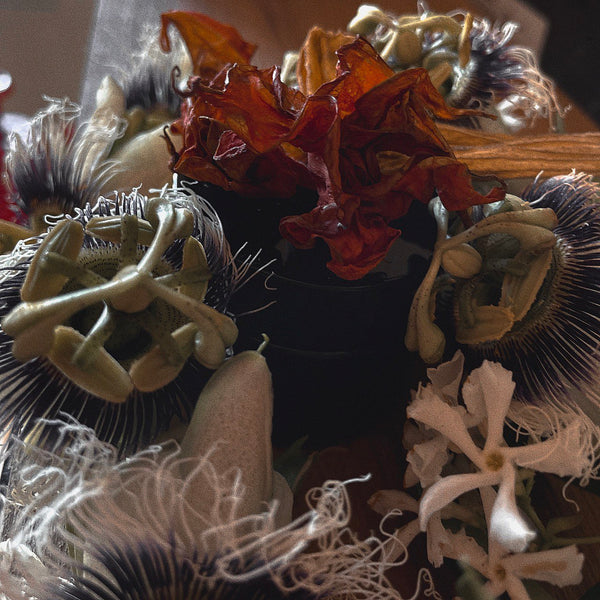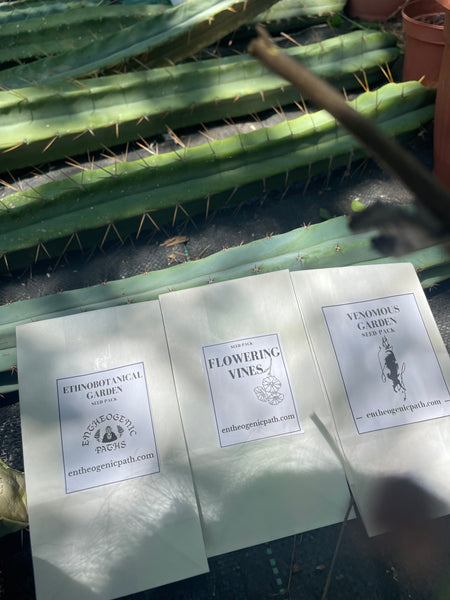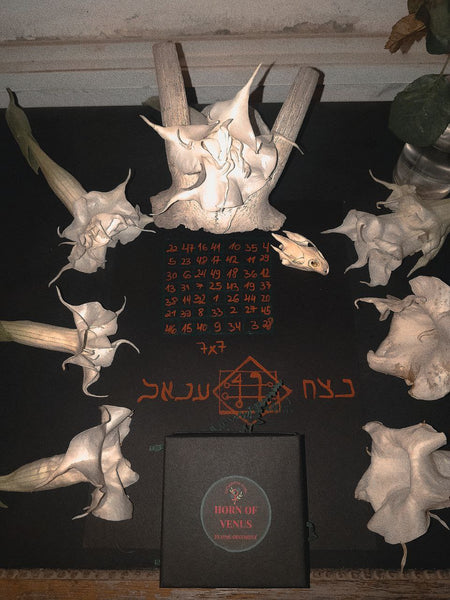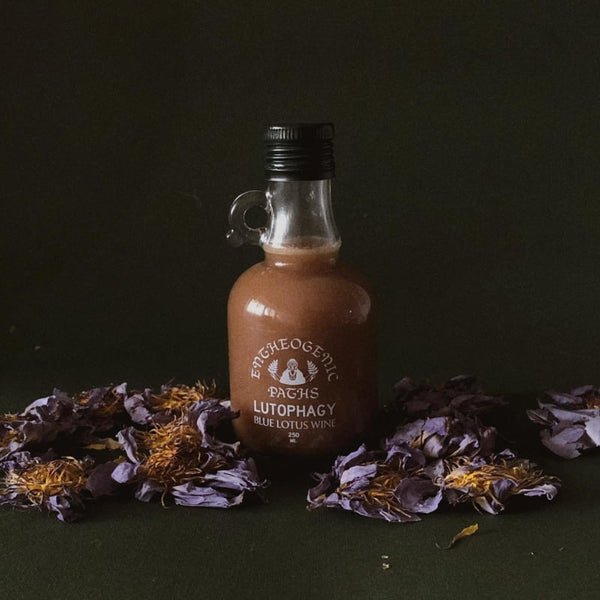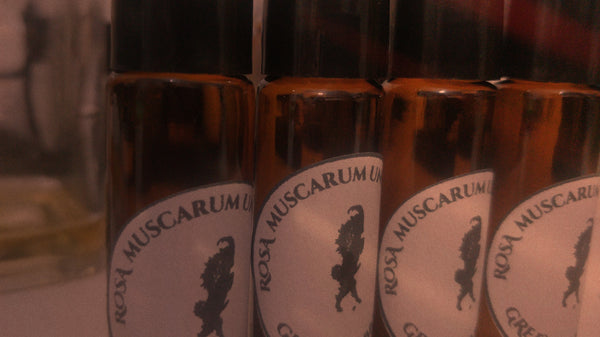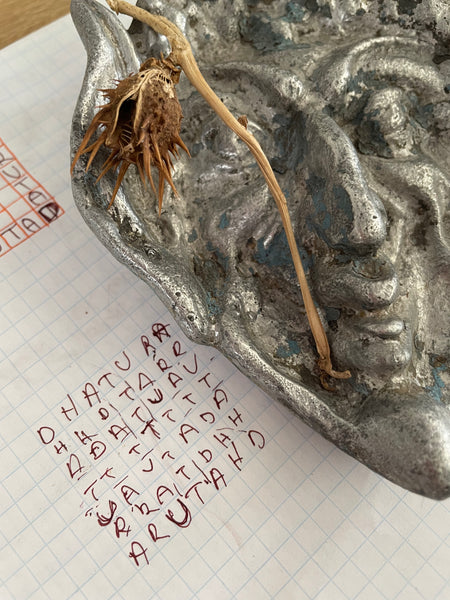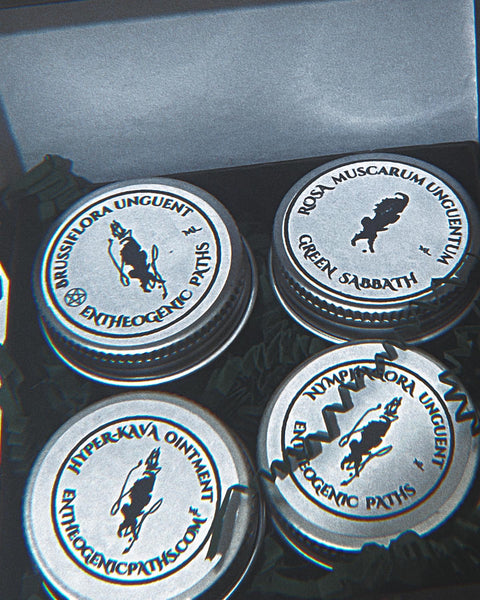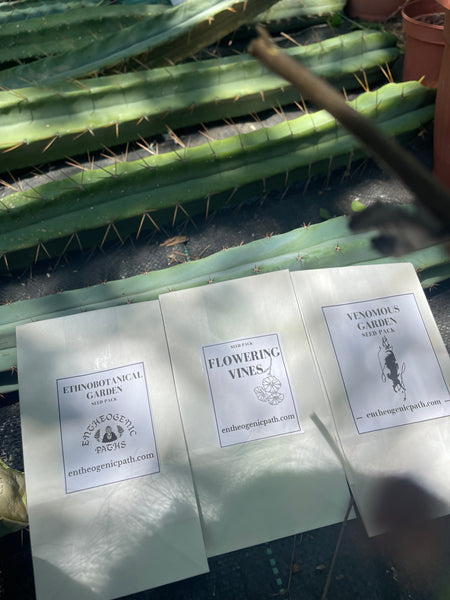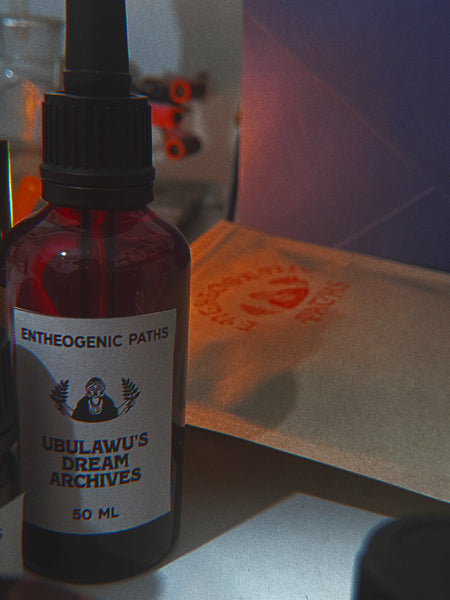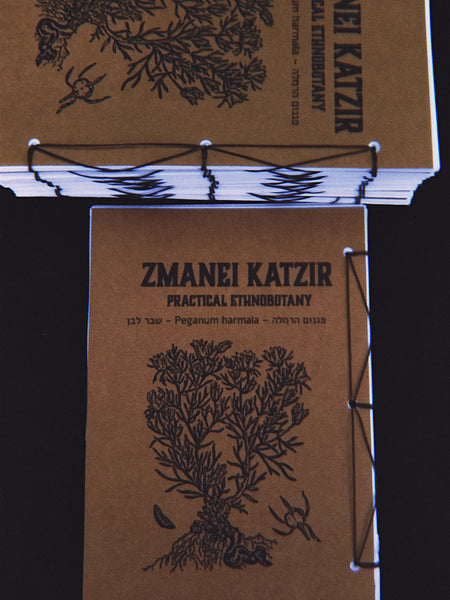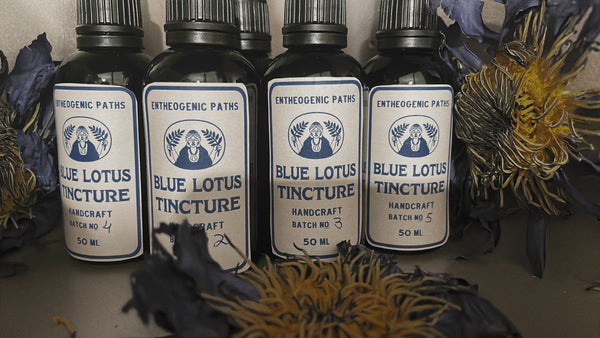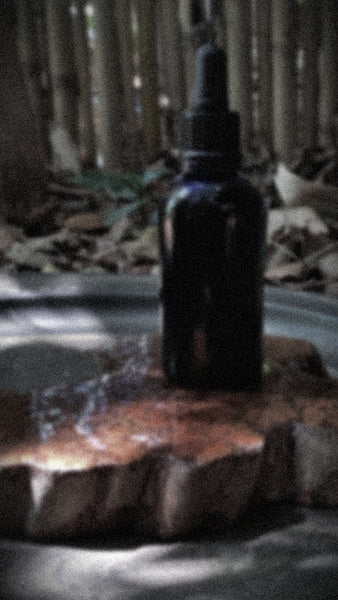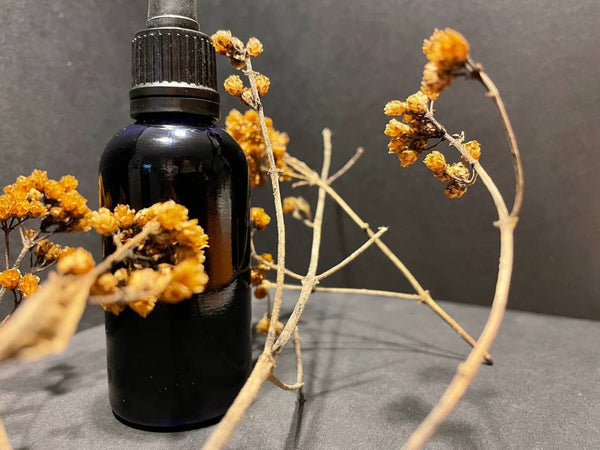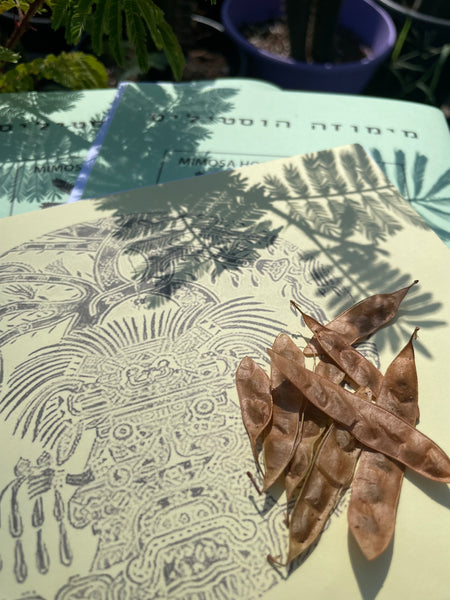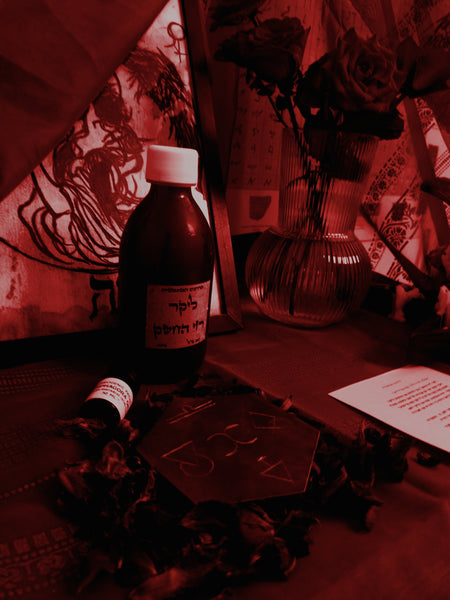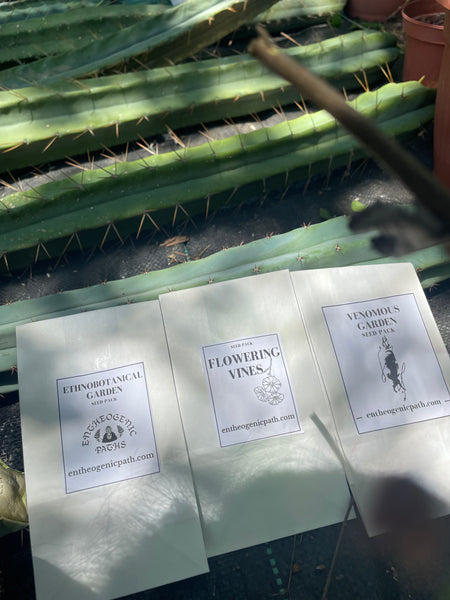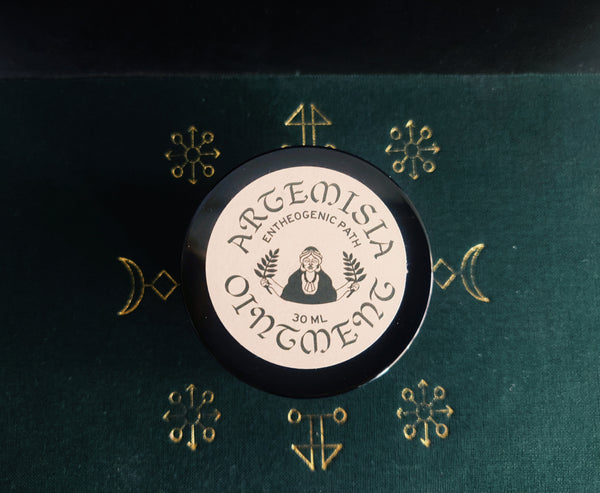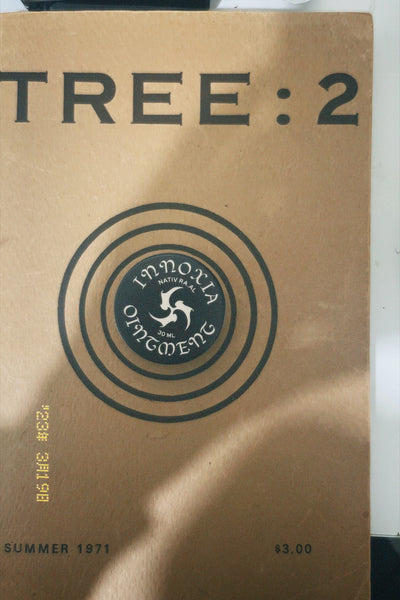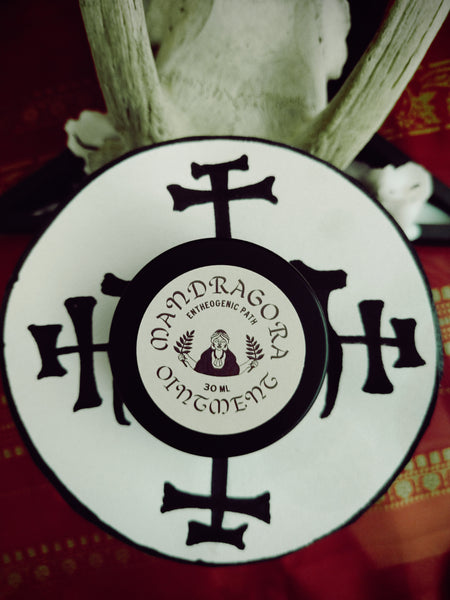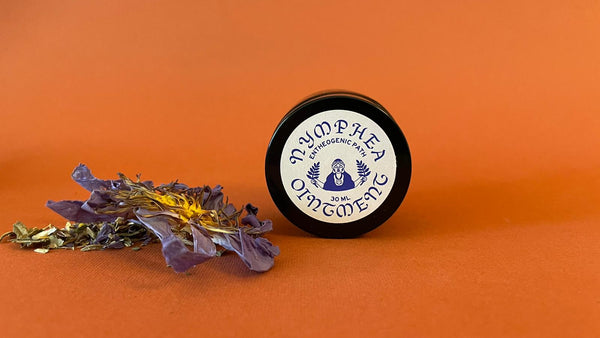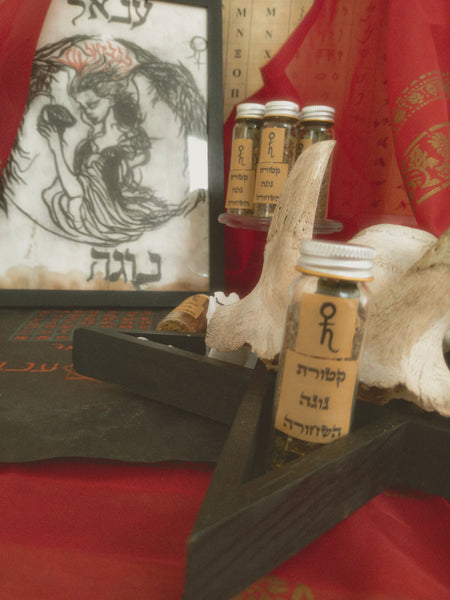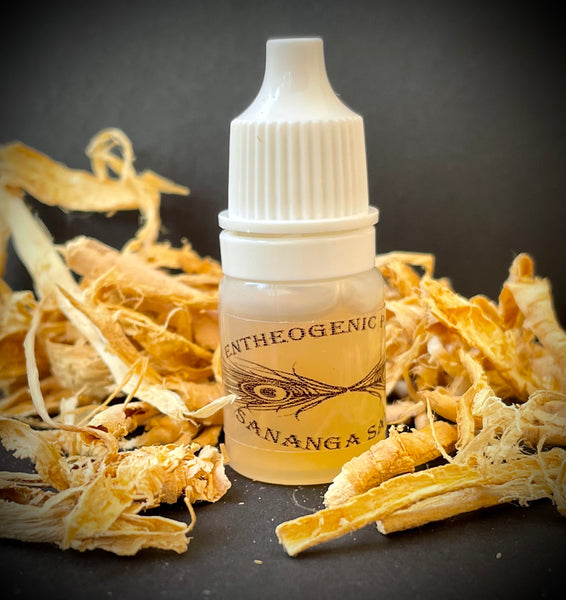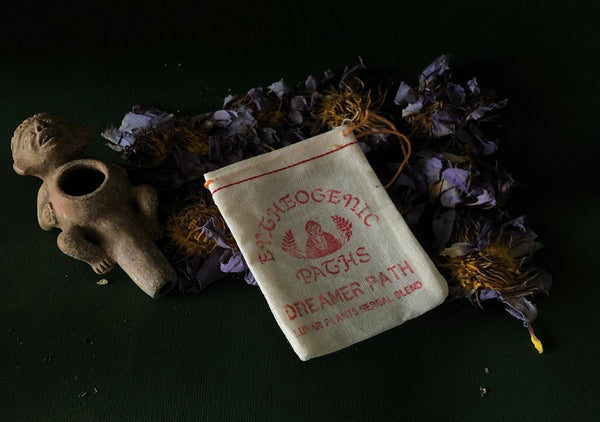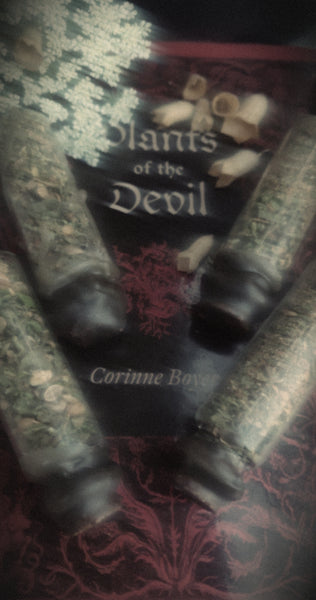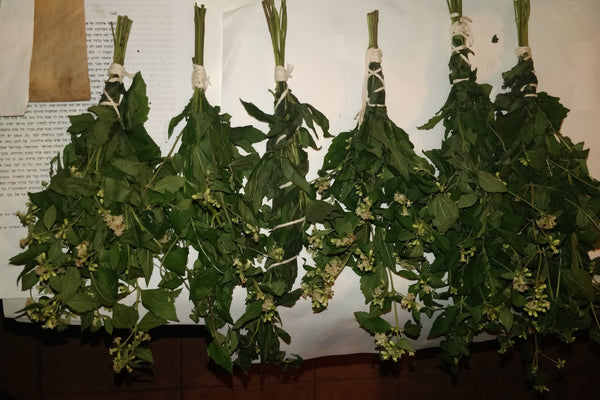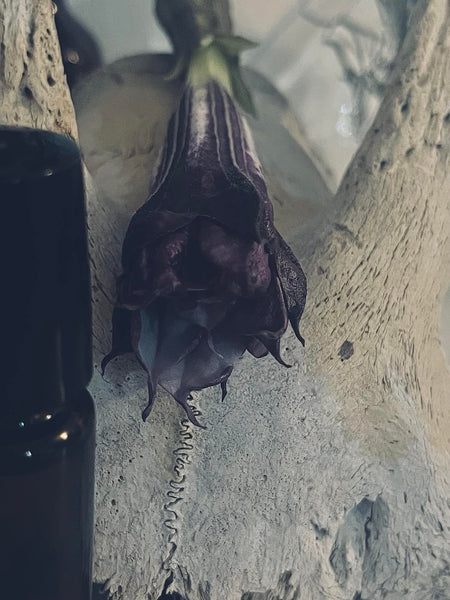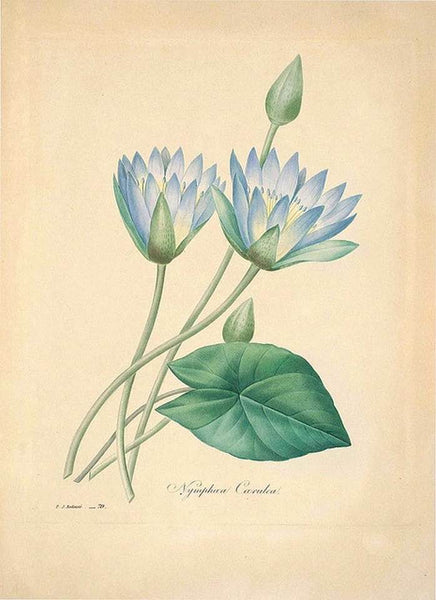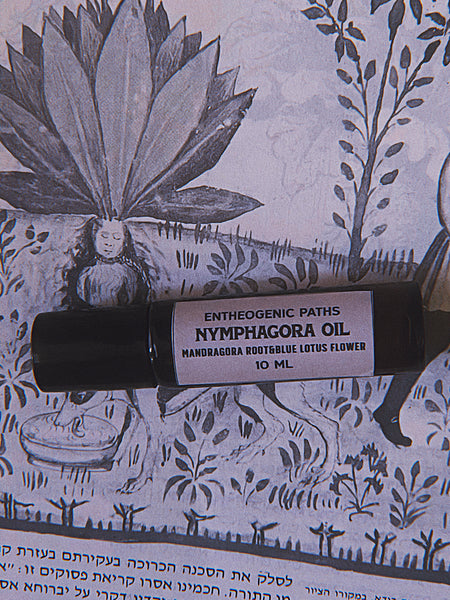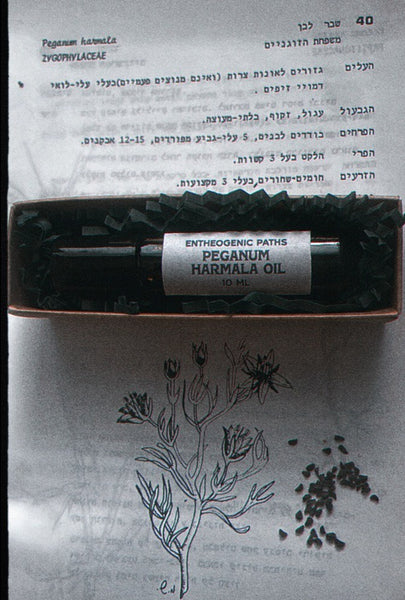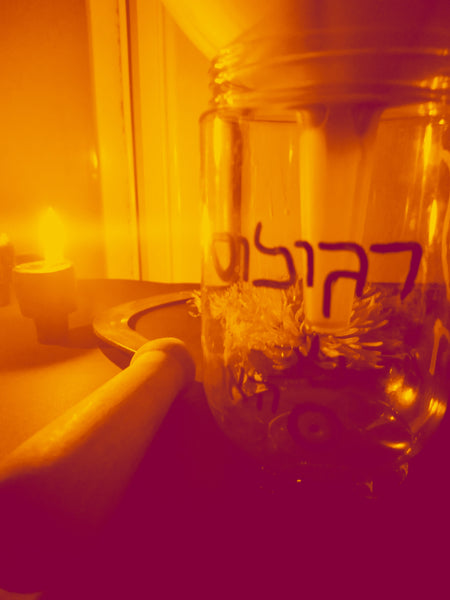
Technomodernity and its toxins:
Posted by entheogenic paths on
Opiates, cannabis, cocaine, chloral hydrate, chloroform, ether, nitrous oxide, as well as alcohol, caffeine, and nicotine were all part of the landscape of the West and modernity in the late 19th century.
The moods of the time were invigorated and depressed by a variety of pharmacological agents.
Many scholars have shown a discourse of addiction emerging at this time and have explored its coincidence with concepts of selfhood, autonomy, and the autonomous nation-state.
Moderate and absolute movements were created, narratives of addiction proliferated, and nations began to legislate to deal with drugs, basically all the trends that gained momentum in this century.
A moral discourse for ordinary users was replaced by a medical discourse: the sacred surrendered to the idea of the healthy, as recently defined in a democratic, rational and secular era. Out of the sinner developed the addict, who was subject to new forms of institutional coercion, and who had a presence in both was the prison and the asylum.
Pharmacology was an important expression of techno-modernity. The use of opium increased throughout Europe in the 19th century. The drug had a multitude of medicinal uses, it was widely available and it was cheap.
The drug's literary associations with the visions of dark romance (those of De Quincey and Edgar Poe), and with the aesthetics of Baudelaire and French symbolism, one must understand that its everyday side was present as a medicine in every average household, and as a common intoxicant.
Members of all social classes used and abused opium in different ways, although it was especially common among the poor. It was a cure for a number of ailments, including physiological, mental and social. The substance does a lot to relieve and to aggravate these diseases. And it has become stronger in the age of technological reproduction.
Earlier in the 19th century, a young assistant of a German pharmacologist isolated the alkaloid of the poppy plant, he produced "morphine" in his laboratory and marked a breakthrough in modern chemistry.
With the invention of the syringe, new medical applications became possible. The drug was liberally administered by medical professionals and was often given to patients for self-consumption: addiction now became a significant problem among those who could afford doctors.
Further pharmacological developments will do so.
To produce what commercial marketing would call "heroin" (from heroisch, i.e. "heroic"), which, along with aspirin, were the flagship products of the Bayer pharmaceutical company starting in the 1890s and were used for a variety of uses, including a drug for morphine addiction and chloral hydrate, A sedative capable of producing hallucinations in appropriate doses was commonly taken throughout Europe to treat insomnia beginning in the late 1860s. Chloroform and ether, two anesthetics, also became available, and nitrous oxide already had an established presence.
Amphetamines would be synthesized in the 1880s and help fuel the war machines of the 1920s.
A modern form of psychopharmacology also emerged. In the middle of the century, a French psychiatrist, Jacques-Joseph Moreau, who worked at the Bicêtre hospital for the insane, took a keen interest in a number of drugs, mainly hashish.
In 1845 he published Du Hashish et de l'aliénation mentale (translated in English as Hashish and Mental Illness). He saw the drug as a tool that could induce a state resembling insanity, thereby allowing empirical observation of the emergence of such a state, as well as making madness something that psychiatrists themselves could subjectively try. At its most grandiose, his teacher considered hashish an uninterrupted avenue to madness, noting, "There is not a single, elementary manifestation of mental illness that cannot be found in the mental changes caused by hashish."
New drugs attracted new medical advocates.
The coca leaf was brought to the West as a product of the colonization of South America and Indonesia, from which cocaine was produced by German and American pharmaceutical companies that competed with each other for the new market. It was often available as an ingredient in alcoholic beverages, and in 1886 it appeared in the new soft drink, Coca-Cola.
Sigmund Freud was an early proponent of the drug and wrote a series of papers (1884–87) on the therapeutic potential of the molecule. Freud was interested in cocaine's ability to stimulate productive activity, improve concentration without any apparent negative effect, and improve moods - the "cocaine euphoria" he mentions repeatedly in his writings. He believed that cocaine could help the sick to recover and help the healthy to excel.
In a gesture that was customary in nineteenth-century pharmacological practice, Freud pitted the pharmacon against the pharmacon: he advocated the new drug as a treatment for both alcohol and morphine addictions, an explanation that caused him professional embarrassment and considerable guilt when, as a treatment for "morphinism," he recommended cocaine to his colleague Ernst Von Fleischel-Marxow. Marxov's addictions multiplied thereafter and contributed to his early death. Although Freud later denied (or in his case repressed) any significance cocaine had in shaping his mind, it was his early encounter with this drug that began his therapeutic investigation. Cocaine was the first drug he experimented with.
Drugs were a 'site' where technological advances and contested definitions of health and disease converged. Assessment of the psychosomatic and social effects of drugs took place across Europe, within a network of overlapping and competing forces. It was an age that became increasingly drunk and increasingly sober, a face that often ignored the course of modernity.

Dr. Nietzsche's prescriptions:
Through alcohol, Christianity, Wagner, and delirium Nietzsche identifies a modernity that is fundamentally narcotic. They combine to produce a distinctly modern physiological depression, comfort with discomfort, relief of deep dissatisfaction, and an exhilarating mess of wretched substances..
A strong taste for drunkenness is almost the hallmark of modern decadence. Noting the "taste of the mob" which prefers the peak of intoxicants to the material of food, Nietzsche asks "Should they entrust politics? So that they can make intoxicants out of them?".
In fact, it is mainly this combination of narcotic influences that created in modernity what Nietzsche - as well as Zarathustra- repeatedly calls "Sleep". ".
With his descent from the mountains ZarathustraDescribed as "awakening" the "returner" among the sleepers ".
ZarathustraHe rejects the sage who promotes sleepiness and its "opiate virtues", and elsewhere he refers to himself as a troublemaker of sleepiness . Zarathustra ends with dawn and awakening, while his disciples remain asleep at night, which again emphasizes the importance of dichotomy in Nietzsche's writings .
For Nietzsche, this sleep of modernity is always partly narcotic, and awakening from a narcotic slumber is largely Zarathustra's task.and of Nietzsche himself .
Still, for all his condemnation of modern narcotics, Nietzsche's diagnoses and prescriptions for modernity reflect his intense interest in pharmacology.
Nietzsche not only recognizes narcosis in modernity, but always writes prescriptions with the aim of healing - and what he prescribes, especially in his later work, to deal with the narcotic tendencies and general exhaustion of modern life, as well as the sobriety of the ascetic ideal, is the rush of intoxication .
In fact, it is no exaggeration to say that a huge amount of Nietzsche's philosophy is concerned with drawing a line between what promotes necrosis - the banal and boring effects of contemporary life, and what promotes intoxication - a state of value creation, and personal styleNietzsche suggests in his later work implicitly as a counter-reaction to the coma of modernity. In his later work Nietzsche argues that this is a condition that is necessary for any kind of creative practice :
For art to exist, for any kind of aesthetic activity or perception to exist, a certain physiological precondition is necessary: intoxication. Intoxication first of all increased the excitement of the whole machine:
There are no artistic results until this happens. There are all kinds of intoxication, no matter how different their origin, they have the power to do it. (Set of idols)
Such a state can be caused by a series of different intoxicants, among which it indicates sexual excitement, bravery in battle, the beginning of spring, and even drug use - Rauch in German is not only a prerequisite for art, but for "any kind of activity or aesthetic perception" , any active placement of values.
This idea reappears at this point in Nietzsche's work, in part, as an antipode to Wagnerian intoxication. It is not a romantic excess, not an excess of harmony, neither of rhythm nor of clarity, but this state in which energy is expressed through form and style: "The essence of intoxication is the feeling of abundance and increased energy... what you see, what you want,
You see volumes, pressures, strengths and energy loads" (the sunset of the idols) .
Nietzsche's idea of intoxication is a self-drugging in which our spirit intoxicates itself, enlivens and invigorates itself, so it is distinctly different from the tumbling of Wagnerian art.
The fact that Nietzsche equates this state of intoxication with sexuality indicates that the idea of generativity is also prominent in his mind.
Intoxication is a sensual state of creativity Nietzsche thinks that it is achieved in the creation of philosophy and art, through them and mainly. It goes against the old and metaphysical source of values, a religion with an embodied state, a body .
For Nietzsche, the state of intoxication is a state of excess, power and above all power - and it is as opposed to modern tendencies as Dionysus to Christ. Perhaps the most extensive recent work to address at length the importance of intoxication in Nietzsche's writing is John Richardson's Nietzsche's New Darwinism (2004).
Richardson argues that the "real force" of Nietzsche's position can best be understood "by placing it on its decisive Darwinian ground," and he understands that Nietzsche's philosophy derives from a naturalism that is essentially Darwinian (Nietzsche's New Darwinism, page 220). . Richardson claims that Nietzsche sees an essential conflict between "aesthetics" and "epistemology" and feels obliged to balance and even reconcile them. In an effort to understand Nietzsche's idea of intoxication, and place it within an empirical explanatory system, Richardson asks:
Why Nietzsche consumed so many prescriptions and drugs?
Only this explanation makes Nietzsche's claims about intoxication and the scheme of his aesthetic approaches very interesting. Exclusive of Nietzsche's prescriptions and personal use, his argument would be seen as his personal expressions of what the aesthetic experience "should" be - or what it is in his case. Nietzsche's quasi-Darwinian account of how we all had this experience greatly enhances his analysis by tying it to the facts. (page 236)
Drunken visions and poesis
When in his early works Nietzsche sees the rites of Dionysus as having a decisive cultural and phenomenological significance, he knowingly evokes a religious tradition with a very narcotic genealogy.
The rites of the Mysteries of Dionysus, as Nietzsche was aware, involved narcotic draughts, and their alleged visionary powers were present in his mind as well. Indeed, in his later work, "The Twilight of the Idols," in which the concept of intoxication reappears, Nietzsche points out the incompatibility of the sober, scholarly approach with the Dionysian mystery as an object of study, citing the laughable paucity of instinct of German philological demonstrators whenever they approach the Dionysian.
Leivik Especially celebrated in the writings of Nietzsche, who crept into this world of mysterious countries with the honest confidence of an old dried-up bookworm, and being frivolous and childish to the point of nausea, he convinced himself that he was scientific - Leiwick said, in a great display of erudition, that these curiosities had no meaning. (The Decline of the Idols) The Dionysian Mysteries, Nietzsche continues, deal with the ecstatic and the orgiastic, a narcotic draft, music and dance - all clearly problematic objects of study for the sober eye from intoxication.
What distinguishes Nietzsche's thought on the subject is his willingness to recognize existential importance in situations of power, possession and trance - situations that are not easily reduced to the conceptual clarity of philology. The "mysterious" nature of Dionysus, his association with Hermetic knowledge and irreducible foreignness, is something Nietzsche emphasizes in both early and later works.
The mystique of Dionysus, in fact, coincides with Nietzsche's own Hermetic knowledge: that of eternal recurrence.
Nietzsche notes the decline of the idols" that only in the mysteries find expression to the "fundamental fact of the Hellenistic instinct. . . . eternal life, the eternal return of life; the future promised and sanctified in the past; as well as the desire for life beyond death or change". In what reflects a return on Nietzsche's part to the aspect of the mystery rituals of Dionysus and the Greeks, and to a state of intoxication, he identifies as an essential confirmation of eternal recurrence - a non-transcendent vision of the eternal.
Dionysus is both native and foreign, Greek and Asian - the god returning to his homeland in Greece; is a question mark, and in the end the excess that remains beyond the conceptual determinations of sober philologists like Lebeck.
Through sensory intoxication, Nietzsche alters not only Schopenhauer's will, but central myths of Christianity, including eternity, spirit, and redemption—and effectively silences them..
Nietzsche's appeal to intoxication as a state of creativity in his later work was intended to counteract the narcissism of modernity and the nihilism of metaphysics. Through dealing with the emotional depression of modernity with the height of tragic joy - an emotional fashion created through creation in the absence of God, truth and morality - Nietzsche sees in the visionary state of intoxication, the redemption of existence.
Thus, not only does poetics take the place of epistemology, but the state of creativity, the positing of values and the imposition of form, actively confronts and completely occupies the nihilistic space left by the death of God.
sources:
The cheerful science(1882)
Thus said Zarathustra(1885)
The sunset of the idols(1889)
The desire for power (1900
NIETZSCHE'S PHILOSOPHY OF MEDICINE
Between intoxication and narcosis: Nietzsche's pharmacology of modernity
